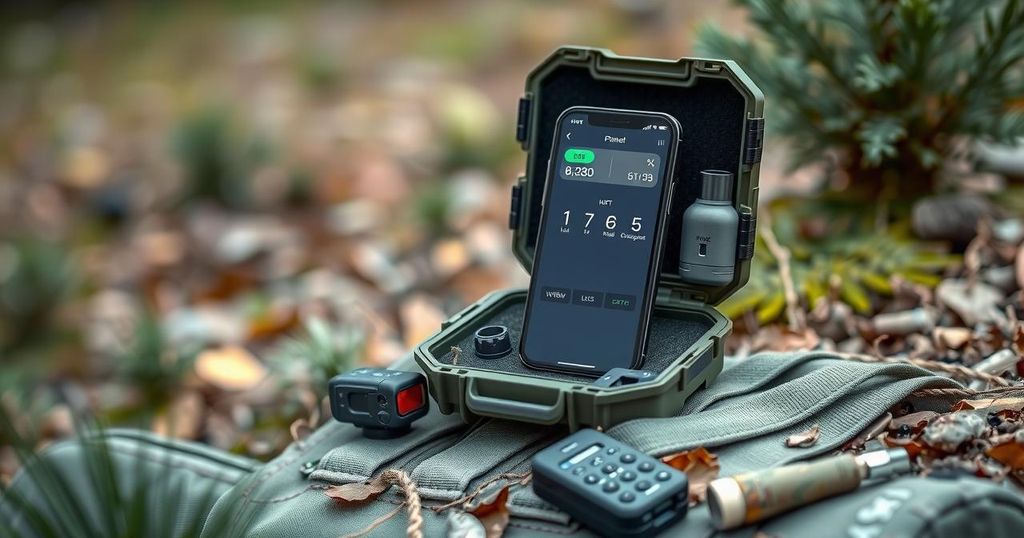A Chinese LiDAR system can recognize facial details from over 60 miles away, tested successfully at Qinghai Lake. Unlike traditional microwave systems, its optical wavelength allows for higher resolution images. While it excels in distance, effectively monitoring military satellites, it requires perfect weather for optimal operation, unlike the Heriot-Watt superconducting LiDAR, which functions in fog but has a shorter range.
Chinese scientists have developed an advanced LiDAR system capable of recognizing facial details from over 60 miles (100 kilometers) away, potentially making it applicable for satellite deployment. Tested by the Aerospace Information Research Institute at Qinghai Lake, this synthetic aperture LiDAR (SAL) creates high-resolution 2D and 3D images using optical wavelengths, offering superior image clarity compared to older microwave-based synthetic aperture radar systems.
During the tests, the system successfully identified reflective prisms located 63.3 miles (101.8 kilometers) away, with an impressive resolution allowing detection of objects as small as 1.7 millimeters, and distance measurements accurate to 15.6 millimeters. This advanced technology could enable precise monitoring of foreign military satellites and facial recognition from low-Earth orbit, though effectiveness may be compromised by adverse weather conditions such as cloud cover.
In comparison, a superconducting LiDAR developed by Heriot-Watt University and collaborated with NASA, MIT, and the University of Glasgow can identify faces from distances of up to a kilometer, overcoming fog and smoke with a cooling requirement of -272 degrees Celsius. Although the technology shows promise, it currently lacks the range of the Chinese SAL system, which operates effectively at 100 kilometers.
Both systems have distinct advantages; while the Heriot-Watt LiDAR excels in adverse conditions, the Chinese system is limited by its dependence on clear weather but offers dramatically longer range capabilities. The findings related to the Chinese system were published in the Chinese Journal of Lasers, Issue 52, Volume 3.
The newly developed Chinese LiDAR system represents a significant advancement in long-range facial recognition technology, capable of capturing biometric data from over 60 miles away. Its high-resolution imaging contrasts with other systems like the superconducting LiDAR from Heriot-Watt, which, while effective in poor visibility, cannot match the Chinese system’s distance capabilities. Future developments may further enhance the performance and practical applications of both technologies.
Original Source: www.biometricupdate.com







